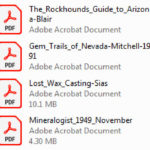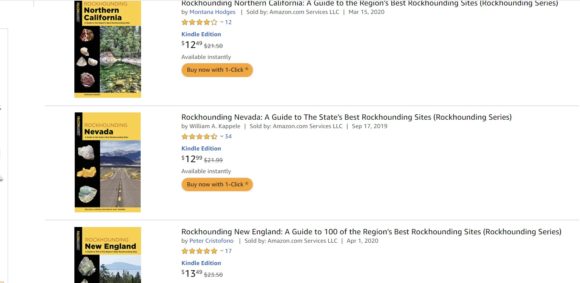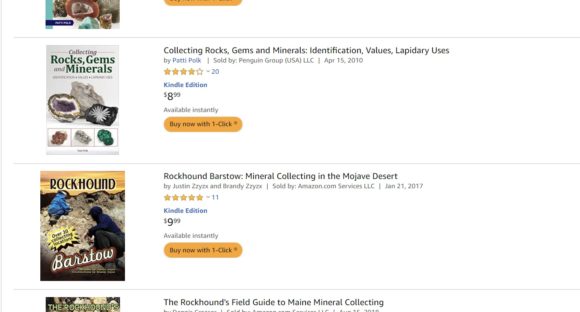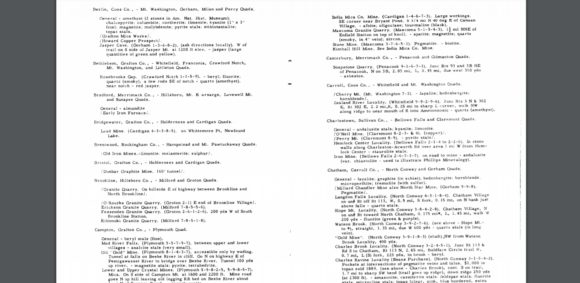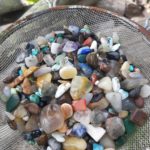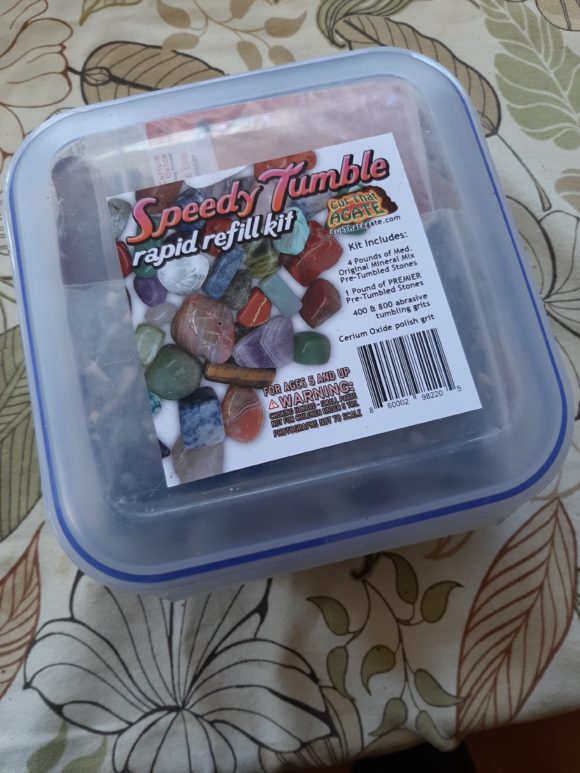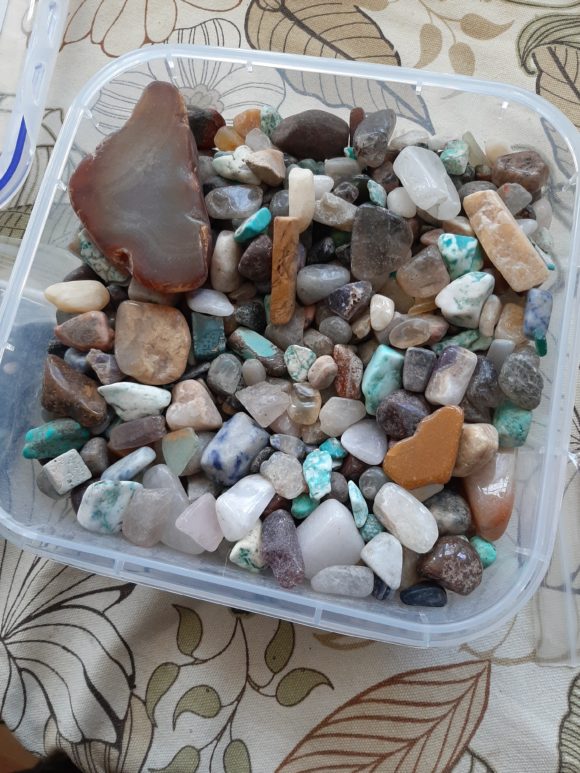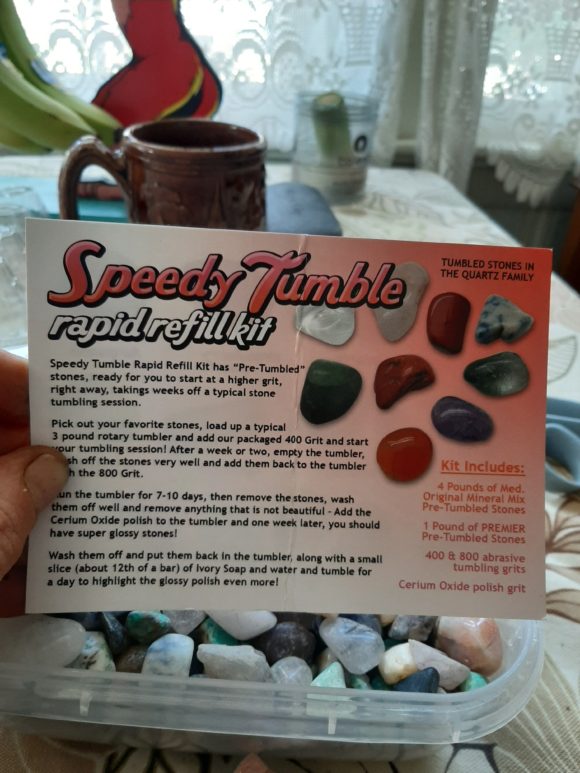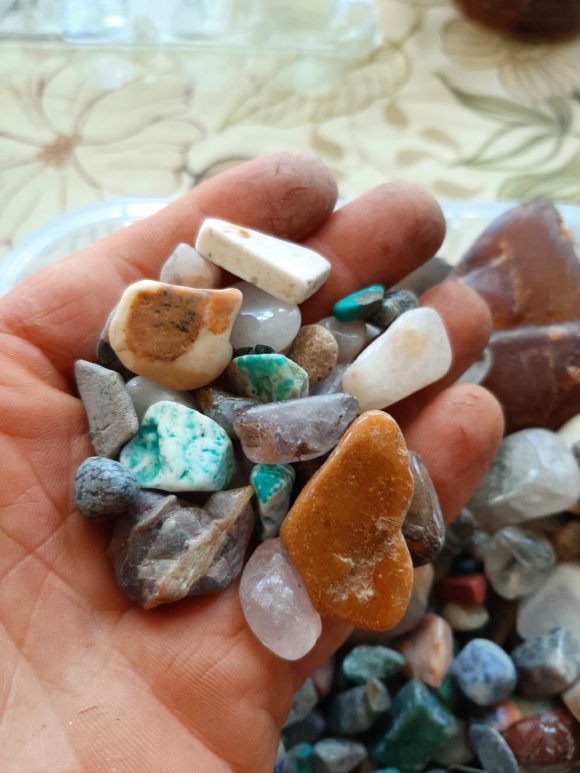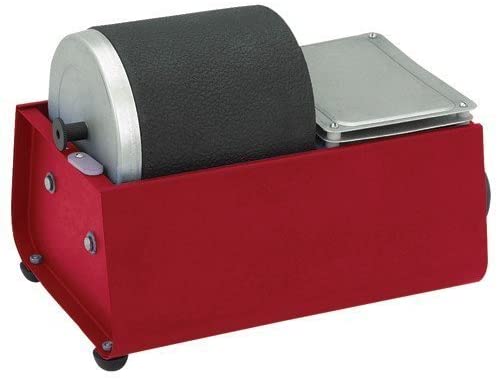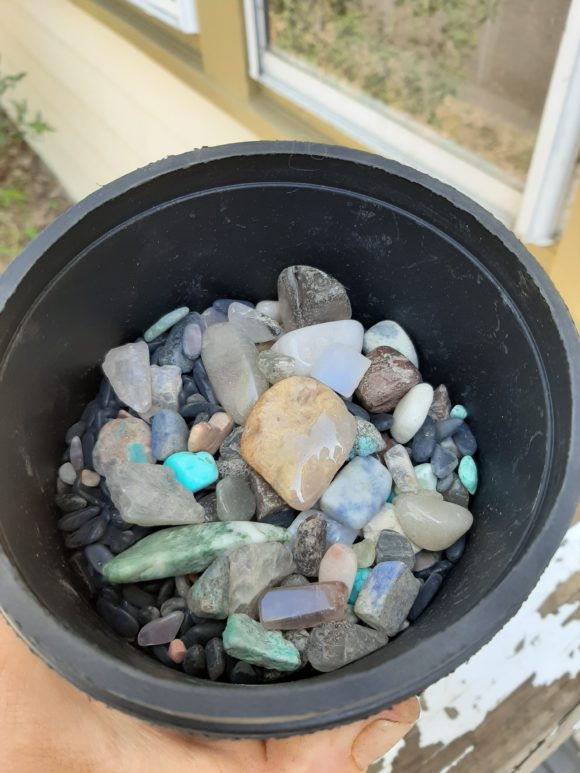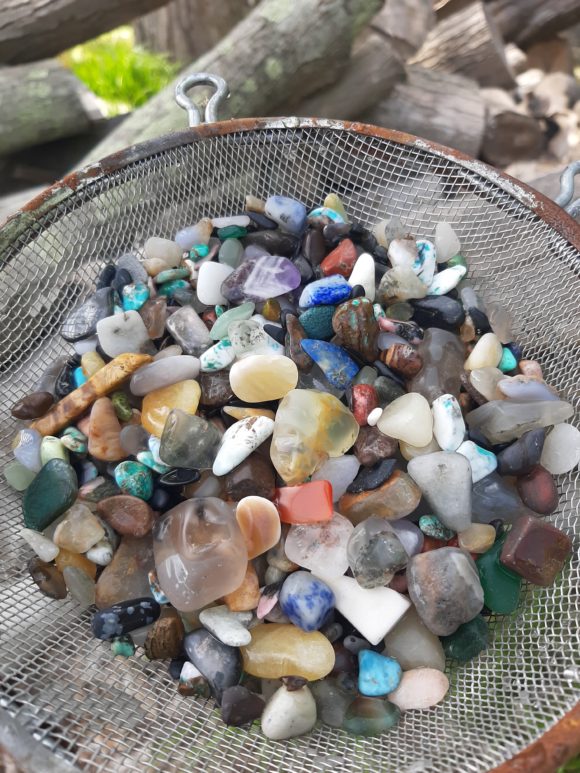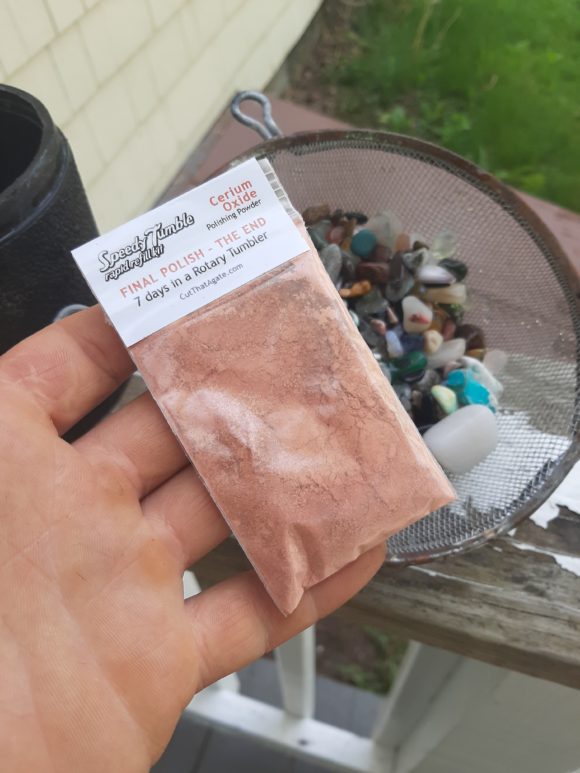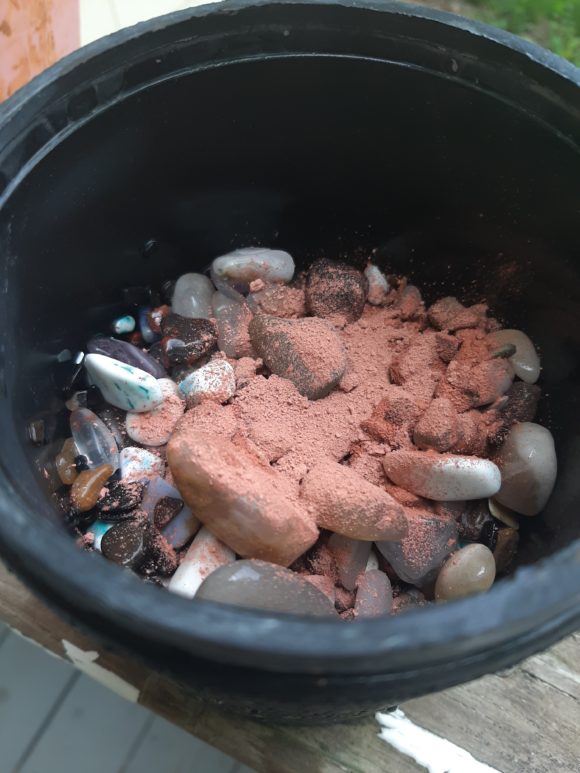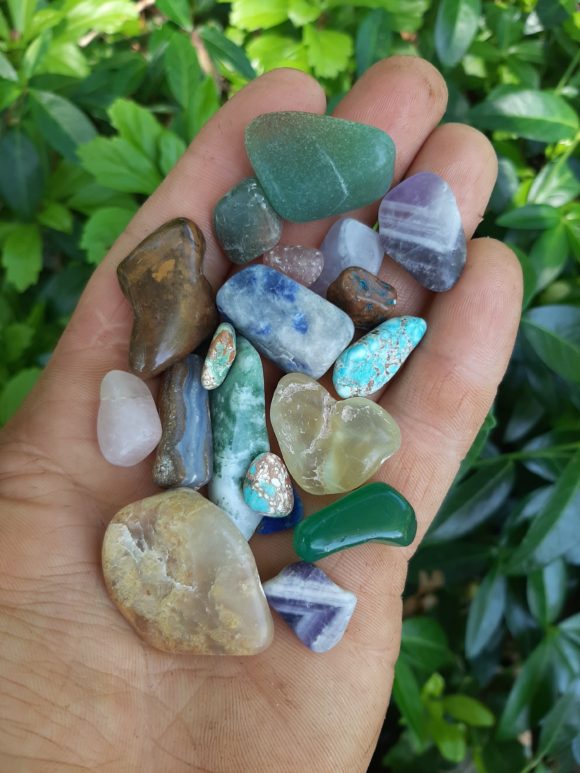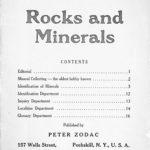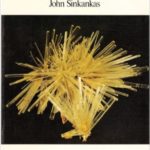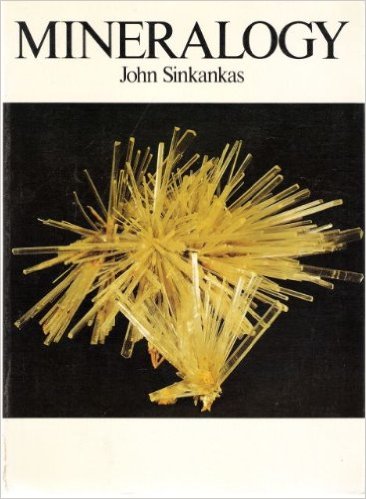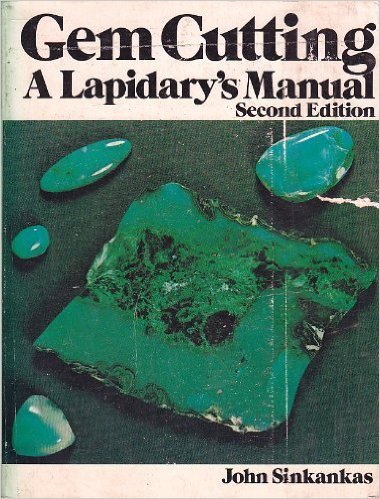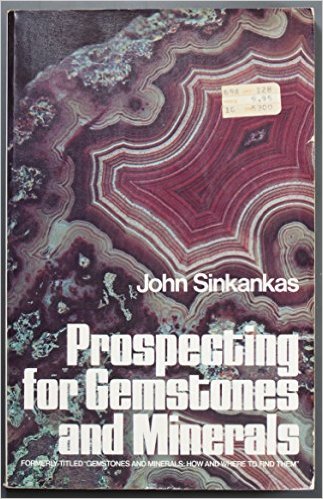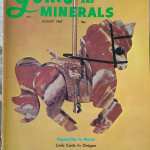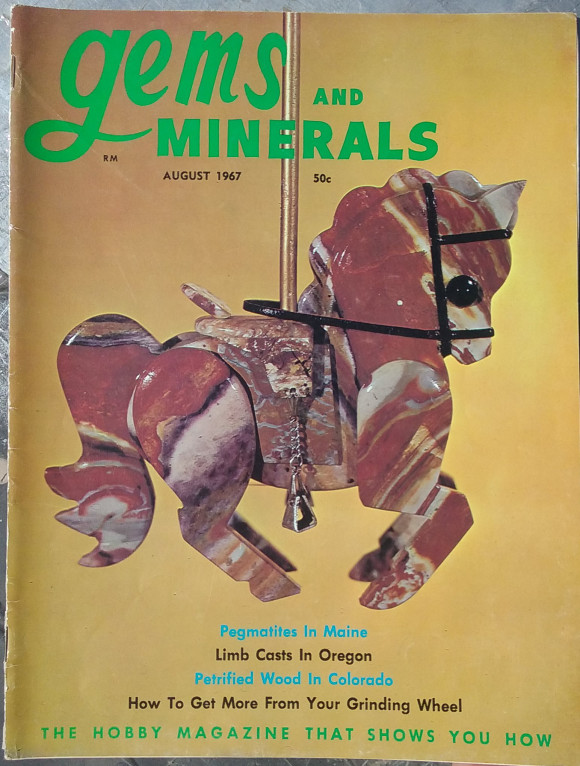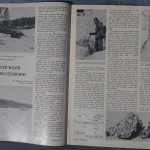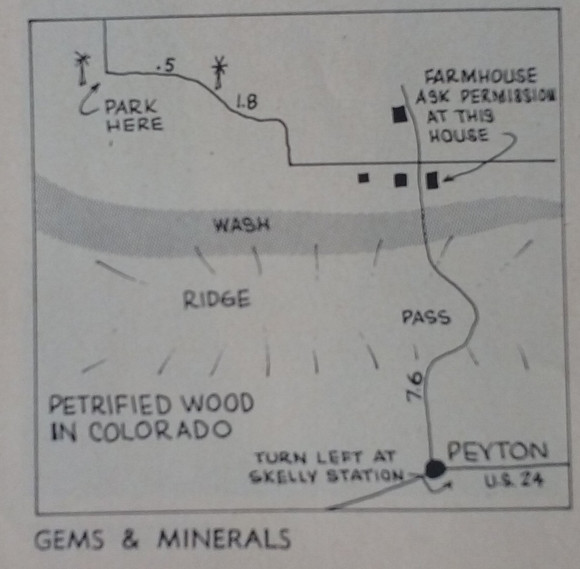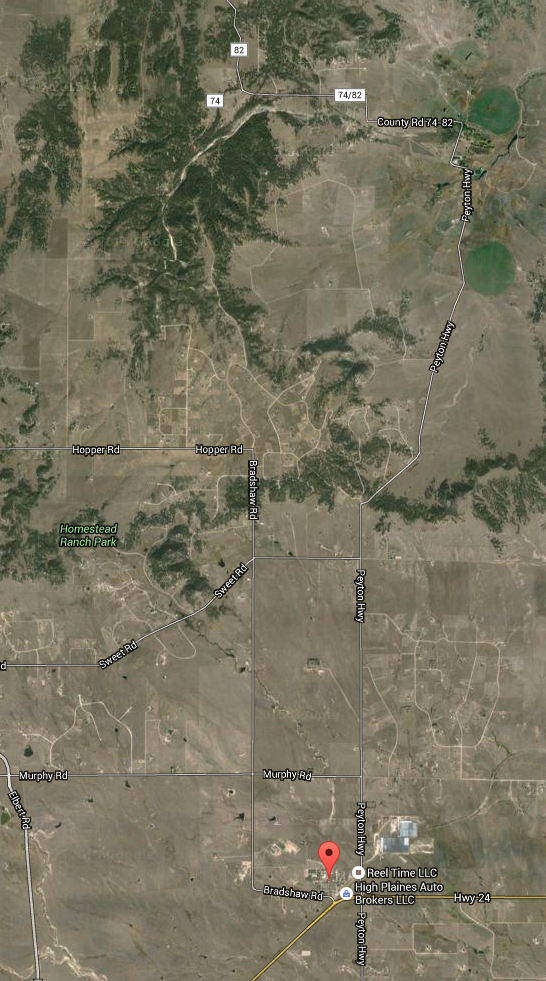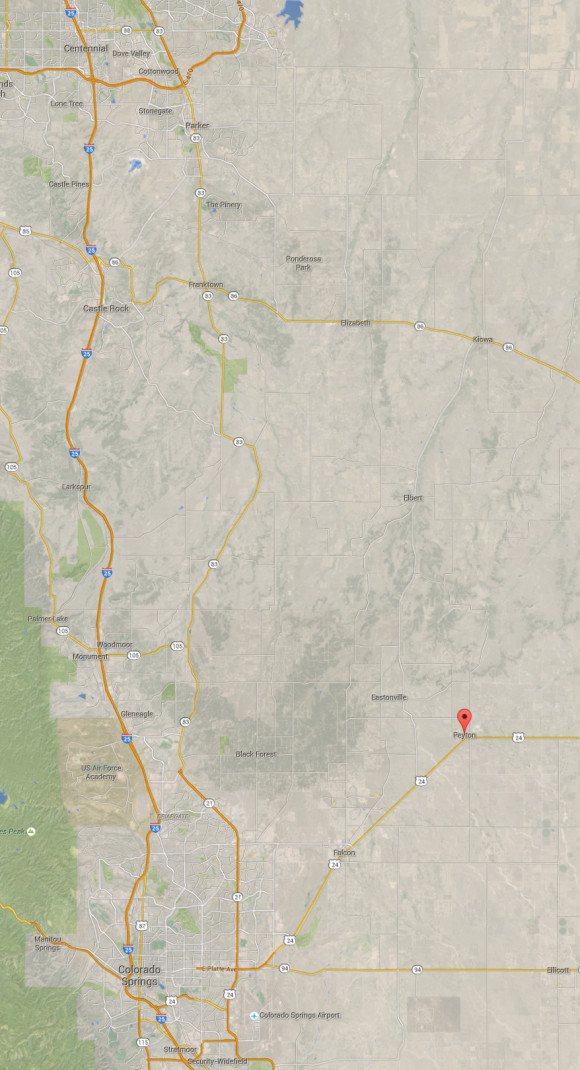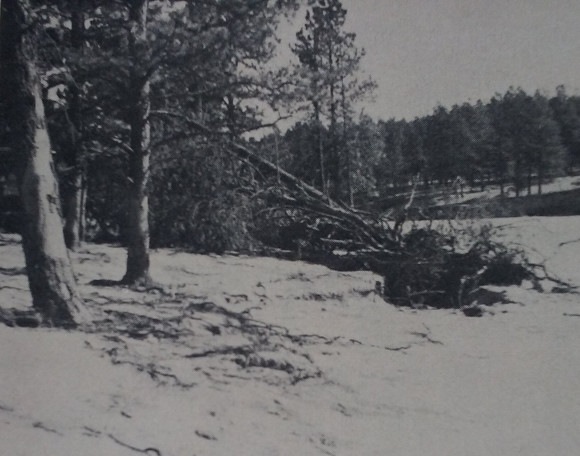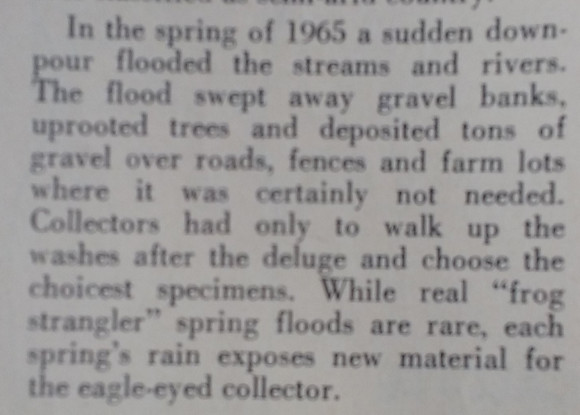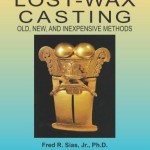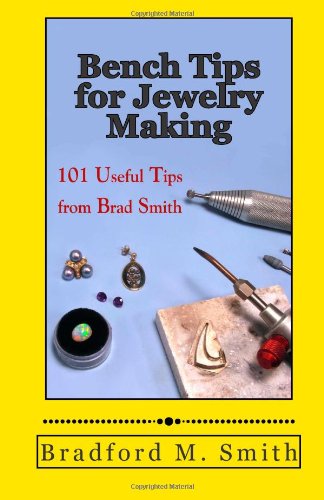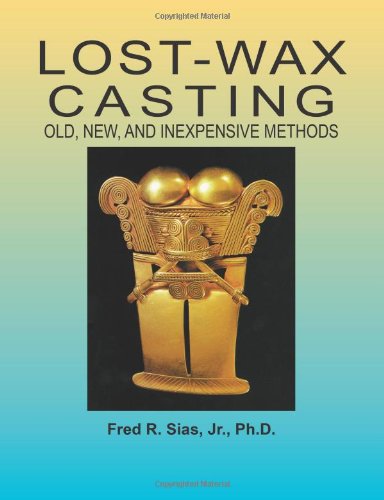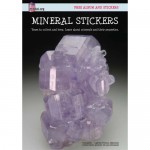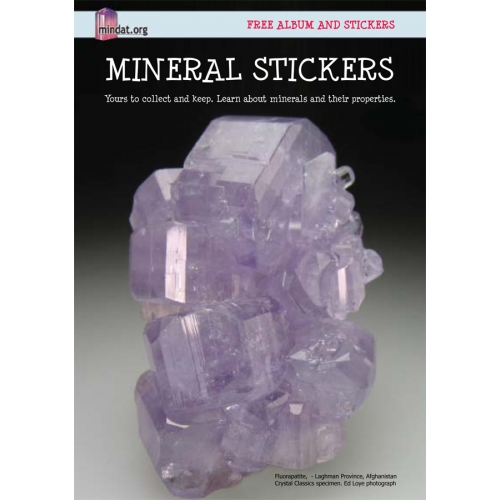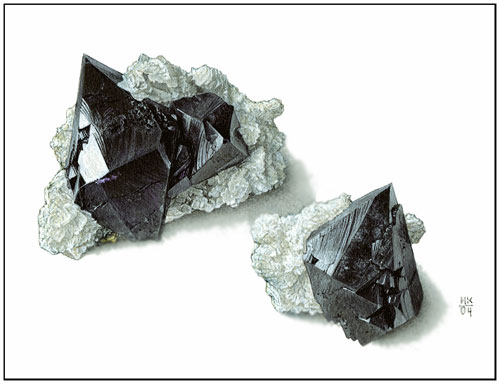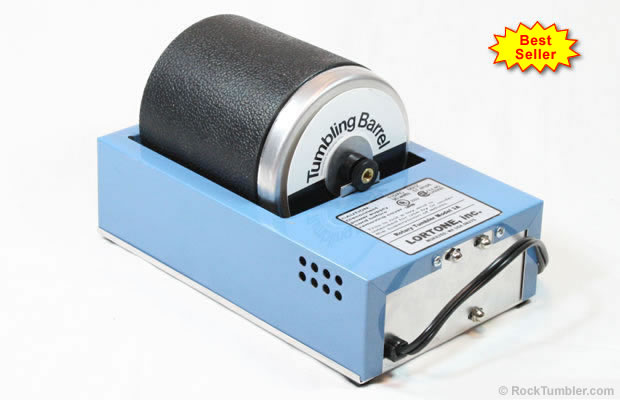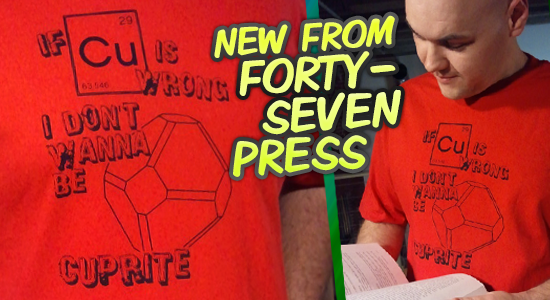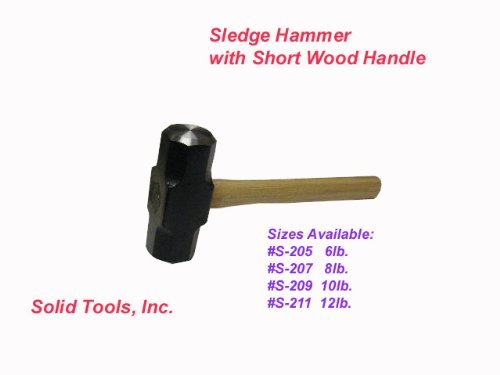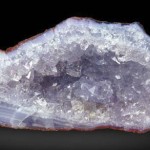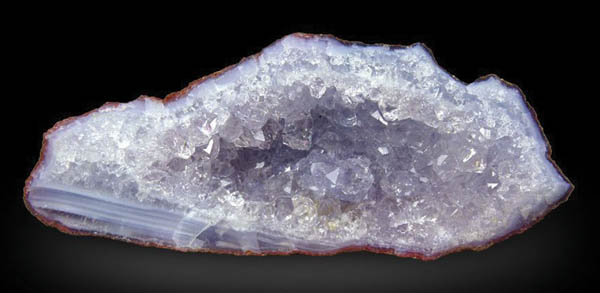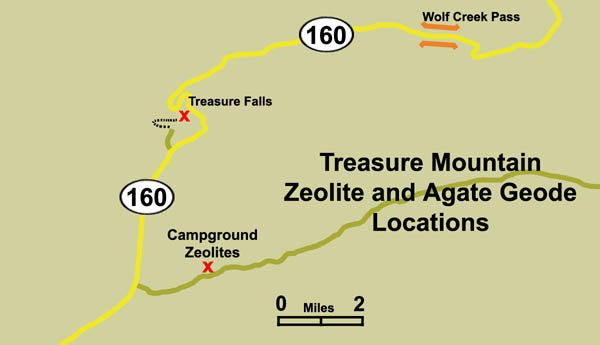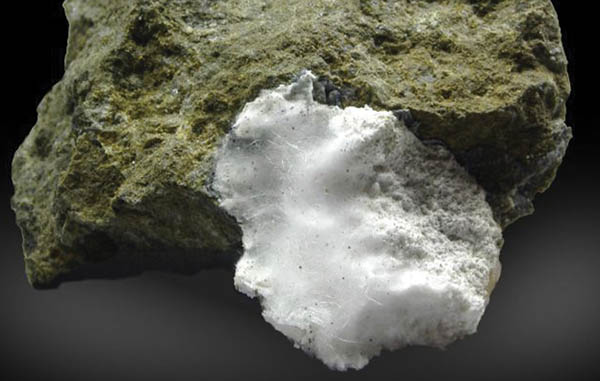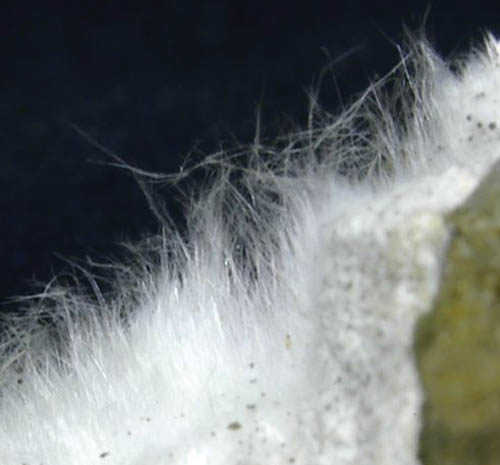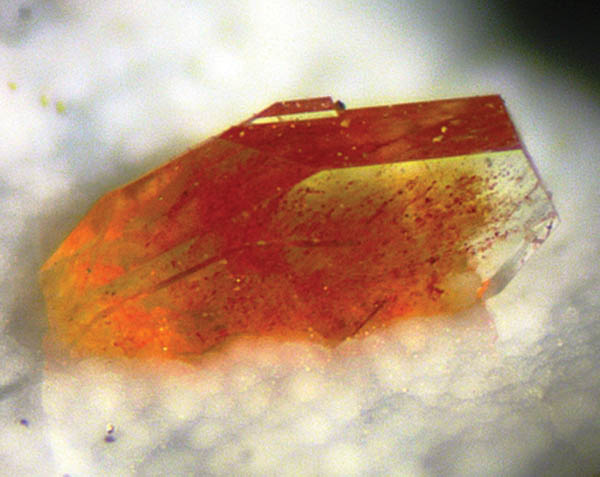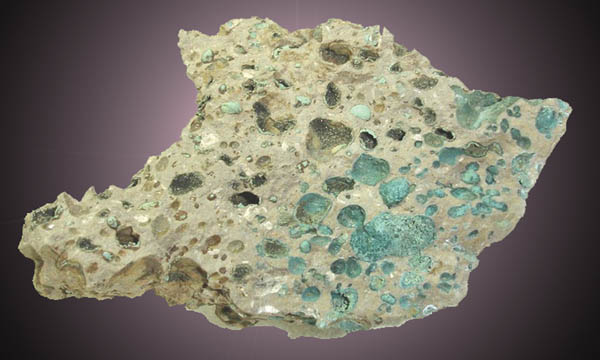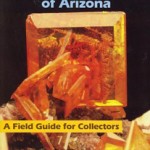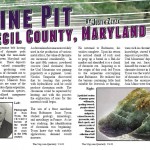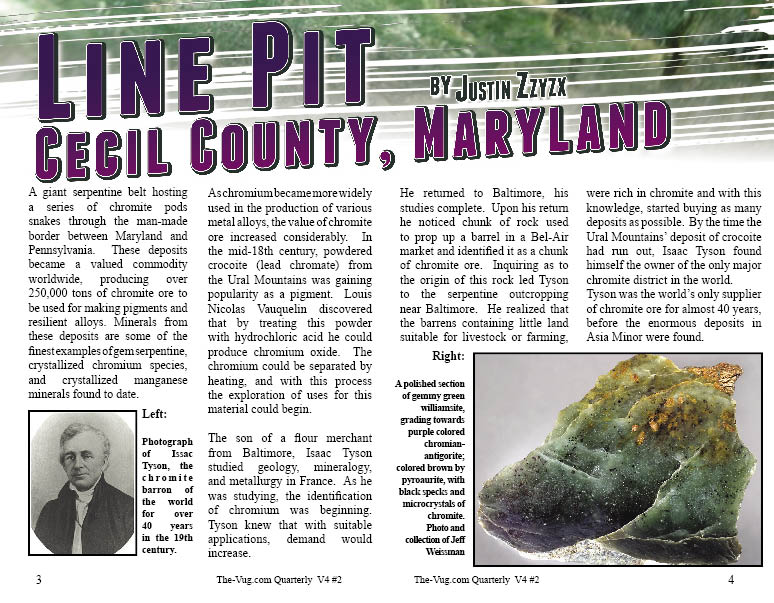
 On this website we are sharing information about locations that some of the various contributors to this site have gone to. All of us find out about these mineral locations from various sources. Many locations have been talked about in every media format available, some published locations are so well known it is common to run into another collector at any time, some of the locations published are visited less than a couple times a year, if at all. By media, I mean, printed in magazines, books, club newsletters, posted online in forums, websites, on homemade video, on professional video and on television. Some collectors will grumble that all this publicity will make the location run dry. It makes local officials either look forward to increased tourism, or look for ways to restrict access, as if rockhounding was a hobby that allows one to retire early (on public gains!), rather than typically be retired to enjoy! Mineral collecting is a truly patriotic hobby! Knowing and understanding minerals and the deposits has always been a matter of national security, public knowledge and scientific outreach.
On this website we are sharing information about locations that some of the various contributors to this site have gone to. All of us find out about these mineral locations from various sources. Many locations have been talked about in every media format available, some published locations are so well known it is common to run into another collector at any time, some of the locations published are visited less than a couple times a year, if at all. By media, I mean, printed in magazines, books, club newsletters, posted online in forums, websites, on homemade video, on professional video and on television. Some collectors will grumble that all this publicity will make the location run dry. It makes local officials either look forward to increased tourism, or look for ways to restrict access, as if rockhounding was a hobby that allows one to retire early (on public gains!), rather than typically be retired to enjoy! Mineral collecting is a truly patriotic hobby! Knowing and understanding minerals and the deposits has always been a matter of national security, public knowledge and scientific outreach.
While many websites will tell you about what tools you need and speak of rock hammers, backpacks and boots, our #1 tool is knowledge. First hand, published and in modern mythic tales, obtaining information about locations is something that is the first step to find out as much as possible about a location before ever visiting it.
Field Guides are a great resource, as well as magazines focused on rockhounding, from now all the way back into the beginning of the 20th century! Old magazines like “Rockhounds” and “The Mineralogist” are great resources, as well as old and current issues of “Rocks and Minerals” and “Rock and Gem”. All of these can be found for sale on eBay and at various mineral shows around the united states. You never know when you are going to come across a great article about a location you had JUST heard about! One of the most amazing online databases is the complete run of “American Mineralogist” on http://www.minsocam.org/msa/ammin/toc/
The older issues have articles that have lead me to locations that might have been completely forgotten about.
Mindat.org is an amazing database that many of you are already familiar with, however, we often forget to think about just how amazing this database is, including lists of references for corresponding articles and books about the subject.
Geology Departments of the state you live in or adjacent to you, has produced several state reports on mines and minerals, which will often include information that can be very useful now. In the early 1900’s, feldspar was an important commodity, unlike now. Knowledge of mineral deposits will tell us commercial feldspar deposits also had garnets and schorl tourmaline, sometimes quartz or even topaz. Often an entire hardcover book has been produced, detailing the minerals and the locations they are found, across the state. California has at least THREE editions of this kind of text and I’m sure there are several people planning the next edition.
Road Atlas are great to have when you are planning and while you are en route. I personally love the DeLorme series, nice large print maps that have helped guide me to countless locations. The BLM has a program you can use, the LR2000, but my personal favorite database is the MRDS, Mineral Resource Data System, detailing the principal and secondary ore and location of all working, placed and closed mines and mineral locations. Just load the map and locate your location. I think you’ll be surprised what you might not know about the mines in your proximity. While traveling through Utah and Colorado, our Road Map was invaluable, showing BLM land that was open for public camping.
Clubs are a real mixed bag, but as such, you will inevitably come across information from all directions. Both of my favorite beach and fossil collecting spots were told to me by a lady at the Searcher’s Rock Club in Anaheim California. Right now in 2013, I’m cleaning minerals and going field collecting with a friend I made from attending the Culver City Club back in 2004. That is a collecting friend who has gone on dozens of collecting trips with me over 9 years. I’ve learned about so many parts of this hobby from mineral clubs and it has been an enlightening experience in many ways. You can get a complete list of mineral clubs here.
We loved this idea so much, we made it. The Mineral Search Page located Right Here on WheretoFindRocks.com, is something that we made from our LOVE of the general searches for states, countries and forms on eBay. The idea behind this is that if you check out the eBay results for your state, or general area, you’ll come across people who have gone out collecting at public locations and put something on eBay. This can easily lead you to general areas to collect minerals. It is a great first step in researching current producing locations.
Museums and local collections are great resources. You’ll find the museums thing to be easy, if not a long term task. Searching out collections, both old and current, are wonderful sources of information. For instance, if you wanted a good run down of California locations, the Natural History Museum of Los Angeles has an entire wall devoted to very beautiful representations of our state, as well as the California Mining Museum in Mariposa. I LOVED the Wagner Free Institute which had this amazing OLD collection, untouched for a century. In the same vein, the Natural History museum of Prague featured minerals that had not been updated in decades, revealing a great deal of history that is so often removed from the more mainstream commercial museums. Local collections require a bit more finesse and luck. For example, getting to visit private collections can be mind expanding, as many long time private collectors have seen things that were so common for a small amount of time and now virtually unheard of. However, without some sort of recommendation from someone of some sort of personal relation ship with a private collector, most of them are not exactly looking for random visitors. However, if you had been a member of the Mineralogical Society of Southern California, you would have had the chance to visit with several outstanding collections belonging to members of that club. Which takes us back to Mineral Clubs, and why it is a wise idea to be involved with at least one of them.
Going to mineral shows is a great source of information, as the display cases often reveal locations that are open to collection. In fact, the name tags in the cases often match up to the club member’s name tags, the people running the mineral show, and often you can strike up a conversation about their display case.
Libraries all around have lead me to some wild collecting adventures. Your local library is going to have a couple things for sure, often books about the geology of the area, as well as a collection of the state’s publications on geological topics. A great for instance is back in the very beginning of my collecting days, some friends of mine discovered the 1962 edition of “Mineral Collecting in Pennsylvania”, which drove us in a search for the “Azurite” included quartz crystals of Kunkletown. The book was wrong, but there is nothing wrong with Anatase included Quartz, which we found. My most recent discovery of Lawsonite on the beaches of Southern California due to a geological sand sample report. You can read all about that in my upcoming blog entry.
Google Maps and Google Earth are to powerful tools that everyone has at their fingertips. You can do amazing amounts of research with both of these tools, locating mineral locations right down to their visible mine tailings! Understanding the various uplifts, errosion patterns, depressions and faint roads to nowhere are very useful for today’s mineral collector. A simple test, pick your favorite collecting area and look at it on google earth. You will see things you might have never noticed on foot.
Now, my secrets are revealed to you. I hope you use them wisely!
I want to leave you with this note, written by Rock Currier in the publication, “About Mineral Collecting” released by the Mineralogical Record.
Field collectors are a remarkable and accomplished breed. They are perhaps the rarest and purest kind of mineral collectors. They hearken back to the very beginnings of what we now call the earth sciences, and in many ways they embody the simple thrill and youthful joy of the treasure hunt. If you look you will find them “out there” trekking over just one more mountain, digging down just another foot, and hoping for just a little bit longer that they will find something. But remember, the first law of field collecting states: “The best to be found is still in the ground and the best that has been found has be ground!” (that is, ground up into powder in the mill and processed into metal)
